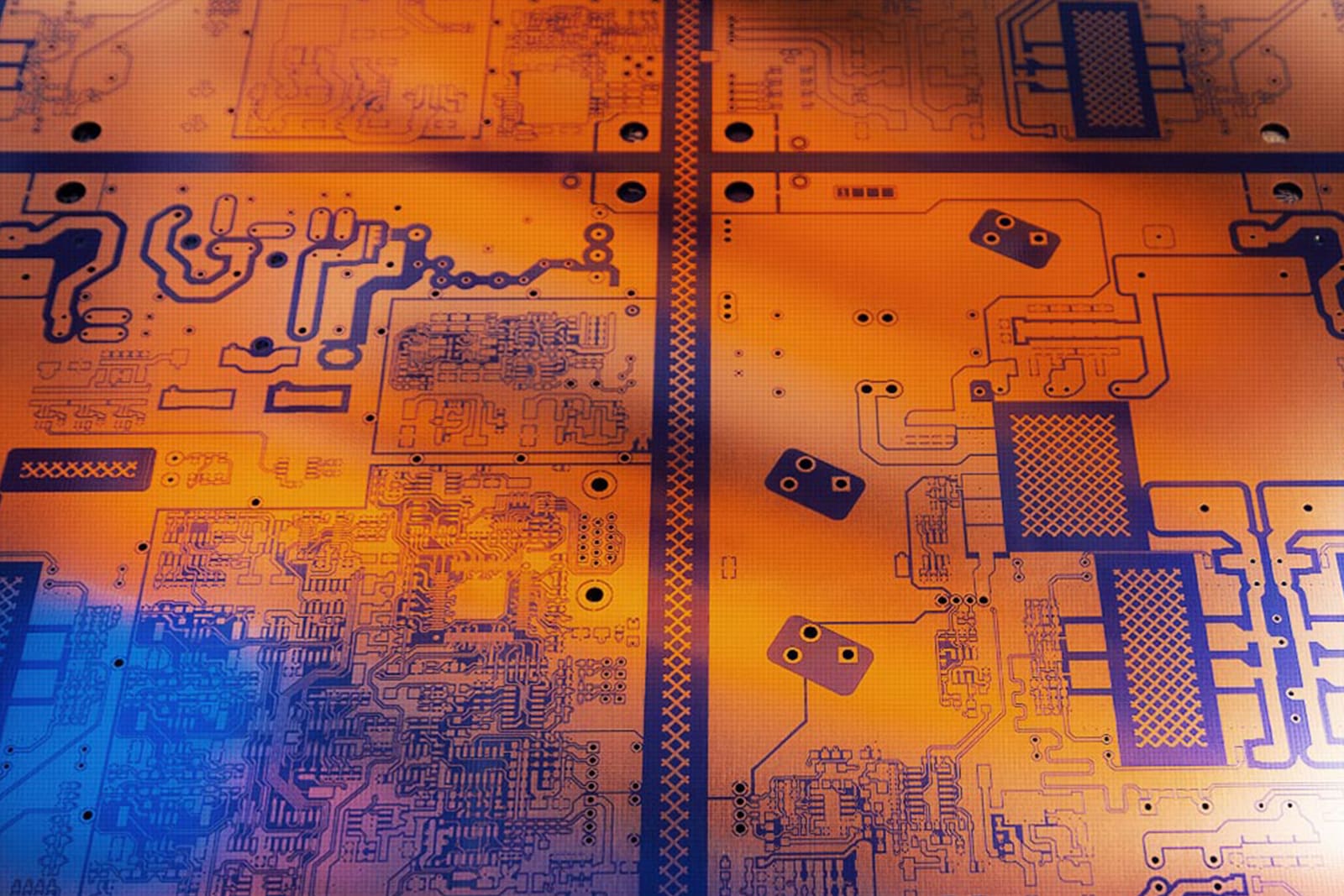The amount of electronic waste generated around the world is growing exponentially year after year. The disposal of this type of waste represents a great challenge in the modern world.
Today, more than ever, it is important to recycle Printed Circuit Boards [PCBs] in an extremely efficient and environmentally friendly way, in line with the ethical principle of environmental sustainability. Unfortunately, modern recycling technologies are characterized by low efficiency: for this reason, they require specific treatment with high temperature and high pressure.
The rapid development of economy on a global scale led to a growth of electronic products such as PCs, smartphones, electronic equipment and machines; this trend is causing a continuing growth of electronic waste (growth rate of 3-5% annually).
One of the main questions in terms of environmental sustainability today is how to manage electronic waste: this has become a much-debated issue. To achieve a totally sustainable economy, characterized by a minimal environmental impact, it is necessary to keep developing innovative green chemistry for the end-of-life recovery of used products, in addition to the reuse of recovered materials.
Are Printed Circuit Boards or their manufacturing byproduct a hazardous waste?
RoHS introduction took a better understanding of PCB composition, simplified the list of chemistry used in its manufacturing and the managing as a waste. Nowadays bare PCBs are not a hazardous waste.
On the other side, many water-based solutions depleted from PCB manufacturing are strong bases or strong acids. These solutions are classified as hazardous waste and subject to strict environmental regulations.
Printed Circuit Boards, waste management:
Recycling commercial resources
Eleprint has been utilizing certified suppliers to manage the waste of Printed Circuit Boards for many years.
The state-of-the-art technology used are:
Hydro-metallurgy, a process in which the PCB is previously treated by means of a removal solution that dissolves surface finishing precious metals, such as gold, silver and platinum. Reducing compounds are then added, to reduce precious metal ions.
The recovered gold can be further processed for the preparation of potassium gold cyanide, commercially important.
Mechanical separation, a process in which after the recovery of precious metals, the PCB is further processed in order to recover the metallic copper. The circuit is first comminuted and then ground.
Since there is an important difference in density, the copper metal particles can be separated from the plastic resin with a cyclone separator.
Microbial technology for metal recovery from e-waste Printed Circuit Boards
In recent years biohydrometallurgy is getting big attention and major investments in academic research. Microorganisms and their metabolites play a fundamental role for the solubilization of metals in aqueous phase from sterile, mineral, concentrate and e-Waste. Microbial technologies are capable of functioning at room temperature and at a mild pressure.
Eleprint is taking part to a pilot project to improve current technology in order to enhance the technological level and strengthen the compatibility of the recycling industry.
What percentage of e-waste is recycled
Eleprint recycles today 100% of its manufacturing byproducts, but what happens to end of life PCBs?
According to data from a report on the study carried out by the International Telecommunications Union, the United Nations University (UNU) and the International Solid Waste Association – published in The Global E-waste Monitor 2017, electronic waste is encouraged by the falling prices making electronic devices accessible and widely available.
In developing countries, the middle class is growing and can boast disposable incomes: this means that more electronic products are being bought and replaced with great frequency, according to the study mentioned. Asia, is a continent characterized by large growing economies, currently representing over 40% of electronic waste globally generated.
Asian populations have produced an average of 4.2 kg of electronic waste per capita over the last few years. However, volumes varied widely between their respective sub-regions: for example, citizens of Brunei, China, Hong Kong and Singapore created, on average, more than 18 kilograms of electronic waste per capita. The inhabitants of Afghanistan or Nepal have produced much less electronic waste.
Today there is still little information on what happens to discarded equipment: according to the aforementioned study, only 20% of electronic waste is collected and properly recycled.
